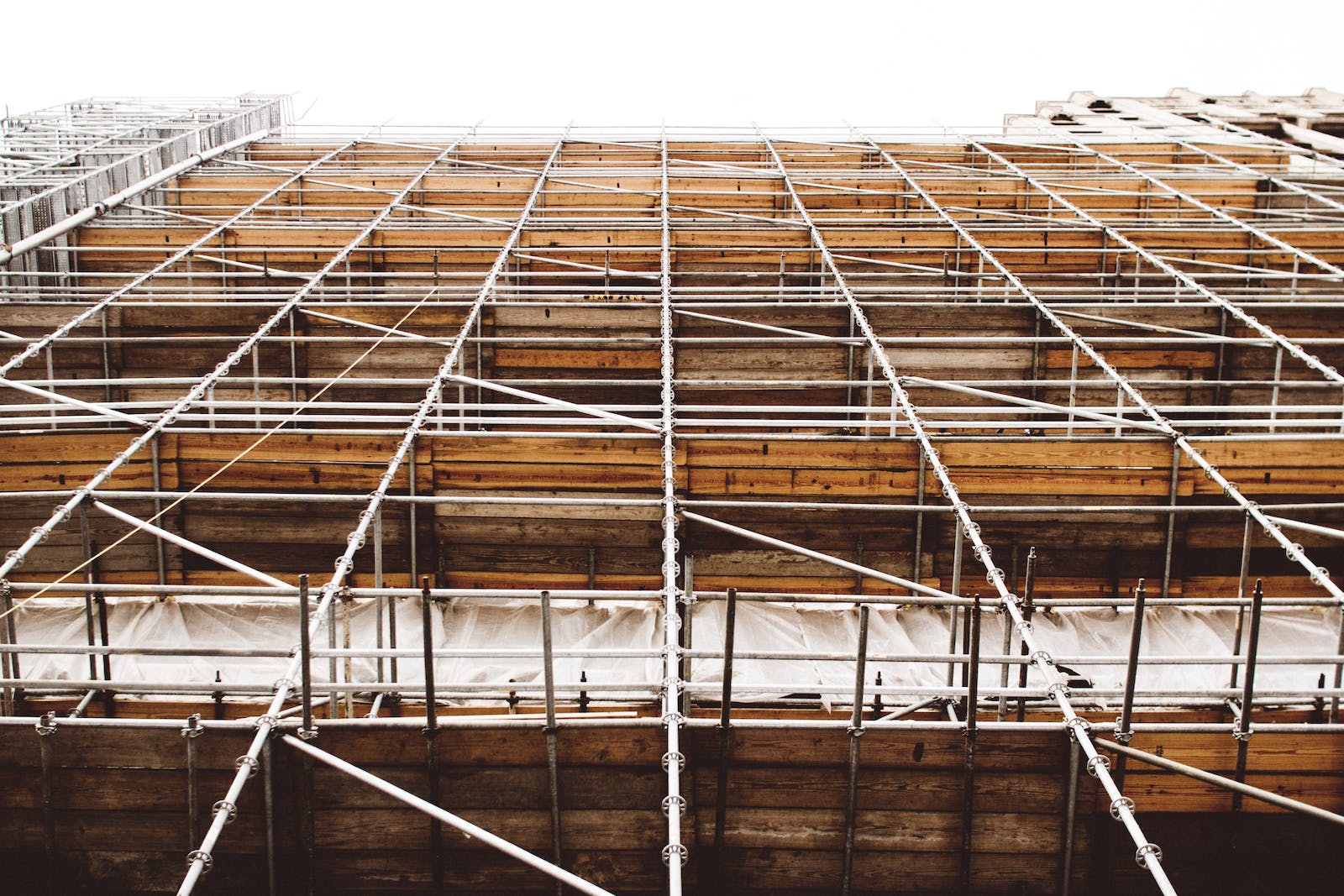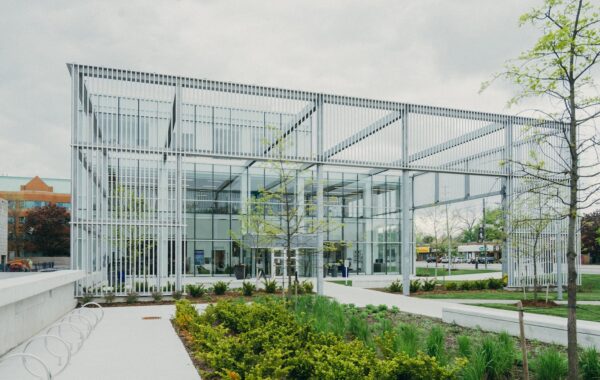
Discover the Structural Wonders That Defy Gravity!
In the world of architecture and engineering, some structures stand as true marvels of human ingenuity. These exceptional feats of design and construction not only defy gravity but also leave us in awe of the limitless possibilities of structural engineering. In this article, we will embark on a journey to explore some of the most fascinating structural wonders that have been designed and built, showcasing the boundless capabilities of modern engineering.
1. The Burj Khalifa: Reaching New Heights
Our journey begins with the Burj Khalifa, an iconic symbol of Dubai’s modern skyline. Soaring to a breathtaking height of 828 meters (2,717 feet), it holds the distinction of being the tallest man-made structure in the world. The Burj Khalifa’s design was an engineering challenge of epic proportions. It features a Y-shaped floor plan to maximize space efficiency while reducing wind resistance. This colossal skyscraper is a testament to the art of skyscraper engineering and the relentless pursuit of verticality.
2. The Millau Viaduct: Bridging the Impossible
The Millau Viaduct, located in southern France, is a masterpiece of bridge engineering. Spanning the Tarn River Gorge, it stands as the world’s tallest bridge, with a peak of 343 meters (1,125 feet). The viaduct’s elegant design and exceptional height make it seem as though it defies gravity itself. The use of slender, reinforced concrete pillars and cable-stayed design ensures both stability and aesthetics, demonstrating the convergence of art and engineering.
3. The Great Wall of China: Ancient Engineering Marvel
While it may not be a single structure in the traditional sense, the Great Wall of China is an architectural wonder of unparalleled historical significance. Stretching over 21,000 miles, this colossal defensive fortification showcases the innovative use of materials like rammed earth, stone, and wood. Its ability to traverse rugged terrain and withstand the test of time remains a testament to ancient engineering brilliance.
4. The International Space Station (ISS): Humanity’s Orbital Oasis
The International Space Station is a triumph of global collaboration in engineering and science. Orbiting over 400 kilometers (248 miles) above Earth’s surface, it operates as an orbiting laboratory, where astronauts conduct experiments and observations. This structure represents the epitome of human achievement in space engineering and international cooperation.
5. The Petronas Towers: Twin Icons of Kuala Lumpur
The Petronas Towers, located in Malaysia, are an architectural masterpiece and were the world’s tallest buildings from 1998 to 2004. These twin towers stand at 452 meters (1,483 feet) and are connected by a double-decker skybridge. The towers’ design is a fusion of Islamic and postmodern architecture, showcasing the intricate engineering required to construct skyscrapers of this magnitude.
6. The Gateway Arch: Arching to the Heavens
St. Louis, Missouri, is home to the Gateway Arch, an iconic monument commemorating America’s westward expansion. Designed by Eero Saarinen, this stainless steel arch rises to a height of 192 meters (630 feet). The parabolic curve of the arch is not only a symbol of progress but also a triumph of structural engineering.
7. The Shard: London’s Shimmering Skyscraper
The Shard, also known as The Shard of Glass, stands as the tallest building in the United Kingdom. Designed by architect Renzo Piano, it reaches a height of 310 meters (1,016 feet). This pyramidal skyscraper’s innovative glass façade and state-of-the-art engineering showcase modernity and sustainability in architectural design.
8. The Golden Gate Bridge: Icon of the Bay
The Golden Gate Bridge, spanning the San Francisco Bay, is a remarkable example of suspension bridge engineering. When it opened in 1937, it was the longest and tallest suspension bridge in the world. The bridge’s distinctive vermilion color and art deco styling make it an architectural marvel beloved by millions.
9. The CN Tower: Defining Toronto’s Skyline
The CN Tower in Toronto, Canada, reigned as the world’s tallest free-standing structure for over three decades. Soaring to a height of 553 meters (1,815 feet), it features a unique design with a rotating restaurant, observation decks, and a communication antenna. The tower has become a symbol of Toronto and a testament to the limitless possibilities of modern engineering.
10. The Colosseum: Ancient Amphitheater Perfection
The Colosseum in Rome, Italy, stands as one of the most iconic examples of ancient engineering. Constructed in 70-80 AD, this amphitheater could hold over 50,000 spectators. Its innovative use of arches and vaults for support, along with advanced crowd management systems, set the standard for large-scale event venues that continues to influence modern stadium design.
In conclusion, these structural wonders demonstrate the extraordinary capacity of human innovation and engineering. From towering skyscrapers to ancient marvels, each structure pushes the boundaries of what is possible. As we continue to push the envelope of structural engineering, we can only wonder what the future holds for architectural and engineering marvels that defy gravity and inspire generations to come.


